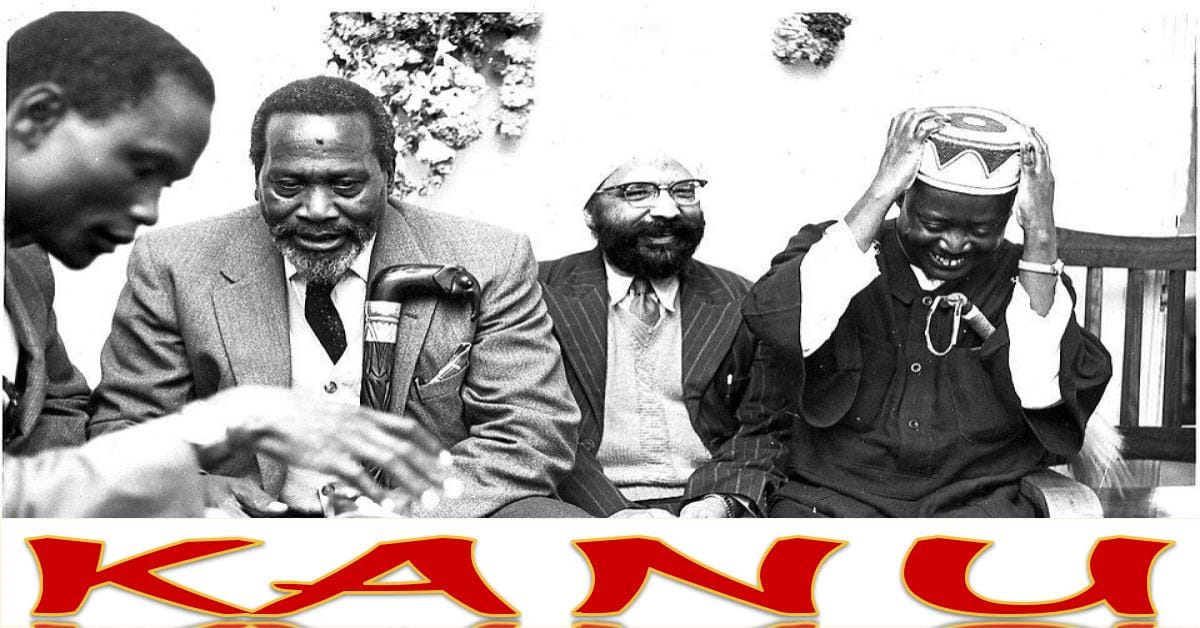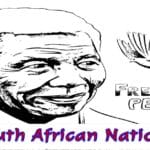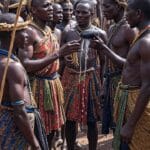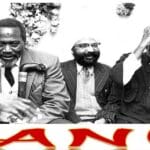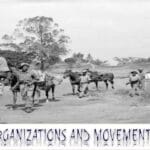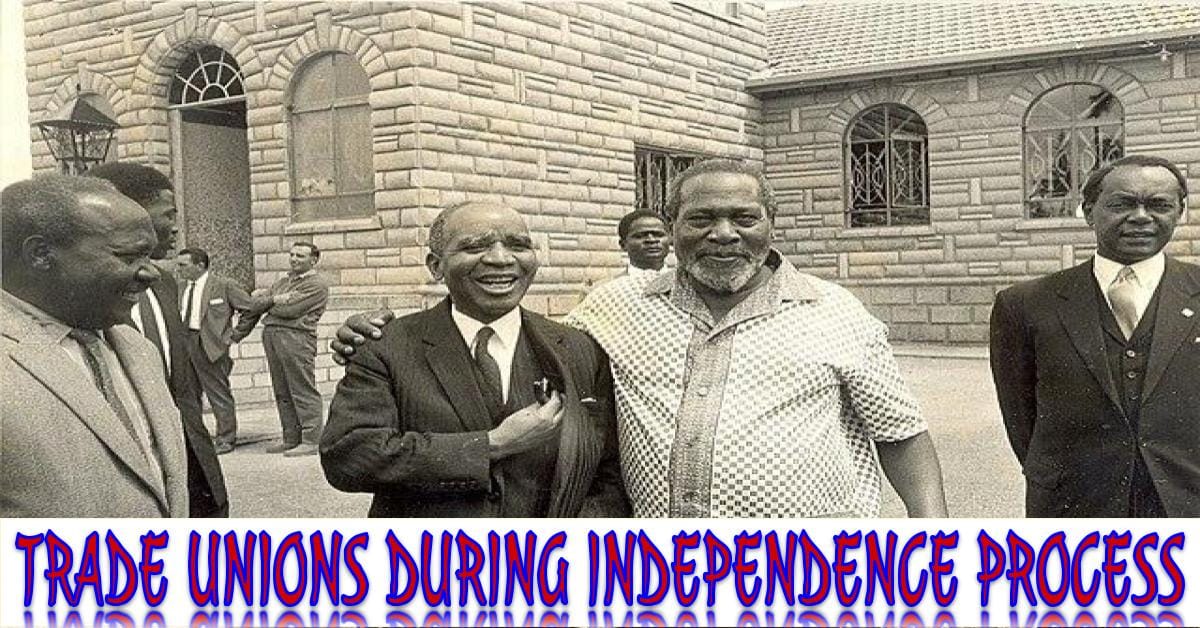🇰🇪 Kenya African National Union (KANU) History
The Party That Led Kenya to Independence
⏳ KANU Timeline
🛠️ Formation of KANU
After the First Lancaster House Conference (January 1960) resolved that nationwide political parties be formed as a step toward decolonization:
- March 27, 1960: Meeting at Kirigiti, Kiambu convened by ex-KAU leaders James Gichuru and Oginga Odinga
- Merged three groups: KAU + Kenya Independent Movement + People’s Congress Party
- Colonial government refused registration with detained Jomo Kenyatta as president
👥 Initial Leadership (May 1960)
🎯 KANU Objectives
Constitution drafted by Mwai Kibaki and Tom Mboya outlined these goals:
Attain sovereignty for Africans in Kenya
Unitary constitution under one central government
Create society based on socialist principles
Eradicate poverty, ignorance, and disease
Unite with liberation movements across Africa
Return African lands to their rightful owners
🇰🇪 Road to Independence
1963: After Kenyatta’s release, he assumed KANU leadership.
June 1, 1963: Jomo Kenyatta became Kenya’s first Prime Minister.
✅ KANU Achievements
- Mobilized Africans – United diverse communities in the independence struggle
- Political Education – Nationwide meetings educated citizens
- Constitutional Role – Key participant in Lancaster House Conference (1962)
- Electoral Victory – Won decisive majority in independence elections
⚠️ Challenges Faced
- Internal Disunity – Tensions between ethnic communities in leadership
- Funding Shortages – Limited resources for nationwide campaigns
- Ideological Splits – Disagreements over unitary government system
- Leadership Disputes – Members dissatisfied with party management
- Colonial Opposition – Government resistance to Kenyatta’s leadership
Kenya’s Independence Movement | Historical Documentation
UNLOCKED SELF-ASSESSMENT TEST ON TOPIC
Oops! Unlock More Access Rights:
If you find that you are not subscribed, consider upgrading your account or subscribing to the necessary plan to gain access.
Related Tutorials
- Key South African Nationalists and the Liberation StruggleSouth African Nationalists Key South African Nationalists and the Liberation Struggle Prominent Nationalist Leaders Nelson…
- Key South African Nationalists🧭 Table of Contents Key South African Nationalists 1. Key Figures of South African Nationalism Nelson…
- Nationalism in South Africa: Self Assessment TestUpgrade or Subscribe Oops! Unlock More Access Rights: If you find that you are not…
- Nationalism in South Africa🌍 Nationalism in South Africa The development of nationalism in South Africa was uniquely complex…
- Mozambique Nationalism: Self-Assessment TestMozambique Nationalism Quiz Mozambique Nationalism Quiz 🇲🇿 Test your knowledge about Mozambique’s journey to independence….
- Nationalism in Mozambique: The Long Road to Independence🇲🇿 Nationalism in Mozambique: The Long Road to Independence Mozambique was among the last African…
- Unlock Self-Assessment Test: EMERGENCE AND GROWTH OF NATIONALISM IN AFRICAUpgrade or Subscribe Oops! Unlock More Access Rights: If you find that you are not…
- EMERGENCE AND GROWTH OF NATIONALISM IN AFRICA🌍 EMERGENCE AND GROWTH OF NATIONALISM IN AFRICA Key Factors for the Rise of Nationalism…
- Self-Assessment Test: Constitutional Changes in Kenya Leading to IndependenceKenya Constitutional Changes Self-Assessment Kenya Constitutional Changes Self-Assessment Test your knowledge about Kenya’s journey to…
- Constitutional Changes in Kenya Leading to Independence📜 Constitutional Changes Leading to Kenyan Independence 🇰🇪 The Journey to African Representation in the…
- Women in Kenya’s Independence Struggle👩💼 Women in Kenya’s Independence Struggle A Comprehensive Tutorial on Female Heroes of Freedom 🌟…
- Kenya Federation of Labour🇰🇪 Kenya Federation of Labour 🏛️ History, Achievements, and Role in Kenya’s Independence Struggle 📜…
- The Trade-Union Movement in Kenya🇰🇪 The Trade-Union Movement in Kenya 📜 A journey through the history of workers’ rights…
- Kenya African Democratic Union (KADU)🇰🇪 Kenya African Democratic Union (KADU) 🇰🇪 Safeguarding Minority Interests in Kenya’s Independence Struggle 1960-1964…
- African People’s Party (APP)🏛️ African People’s Party (APP) 📚 Kenya’s Political History Tutorial 1 📖 Introduction & Overview…
